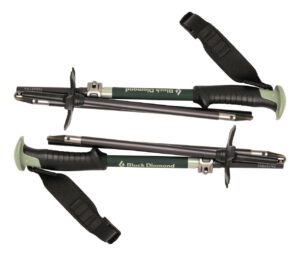Wind speed on the track: how it can affect times at outdoor races
Ever wondered what the "wind" column means in track results? Here's a primer

As anyone who runs outside knows, even a slight wind can help or hinder your running performance. You don’t need a GPS watch to tell you your pace can be considerably slower if you’re running into a headwind, and faster if you have the benefit of a tailwind. A stiff headwind on race day can be disappointing if you’re trying for a PB, but at least the wind affects everyone more or less equally.

However, in short outdoor track races (60m, 100m, 200m, 100m hurdles and 110m hurdles) even a slight wind can affect runners differently as they sprint down the track.
If you spend a lot of time looking at outdoor track results, you’re probably familiar with the extra column headed “wind.” The number indicates the wind speed in metres per second. A minus sign means a headwind slowed them down. (This is always considered legal.) A plus sign means the runner’s performance was assisted by a tailwind to some degree, and the legal limit for a tailwind is +2.0 metres per second.
If higher than +2.0, the result is legal for scoring and placement at that meet, but not for records or seeding times for an upcoming meet.
A wind of two metres per second is equivalent to about 7.2 kilometres per hour, or a light breeze. A wind gauge, or anemometer, is used to measure the wind speed during the race. Some gauges are controlled manually, and some by remote control. There are specific rules about placement of the wind gauge.
Discussions of the role wind plays in an athlete’s performance came to a head after the U.S. Olympic Trials in 1988, when Florence Griffith-Joyner ran the fastest-ever time in the 100m, 10.49 seconds.
Wow -I have never read this before, but a 62-page report from 1995 on Flo Jo's 10.49 WR thanks for@agarnew for heads up on this – https://t.co/XIz8rC0g2I pic.twitter.com/mt4dHoJCXv
— Trent Stellingwerff (@TStellingwerff) July 14, 2018
In the four heats and three quarter-finals, tailwinds of at least 2.7 m/s and as high as five metres per second were recorded, except for quarterfinals I and II, for which zero wind was recorded.
Nine years after the fact, an IAAF study determined, based on a detailed analysis of all heats and qualifiers, that the wind gauge had malfunctioned, and the correct wind speed for her race was actually +5.0, which would render Flo-Jo’s record illegal. Yet the IAAF let it stand.
(She ran 10.61 in the final, with a wind-assist of +1.2. Many people consider this the actual legitimate world record. Flo-Jo died in her sleep, of an epileptic seizure, at age 38.)


